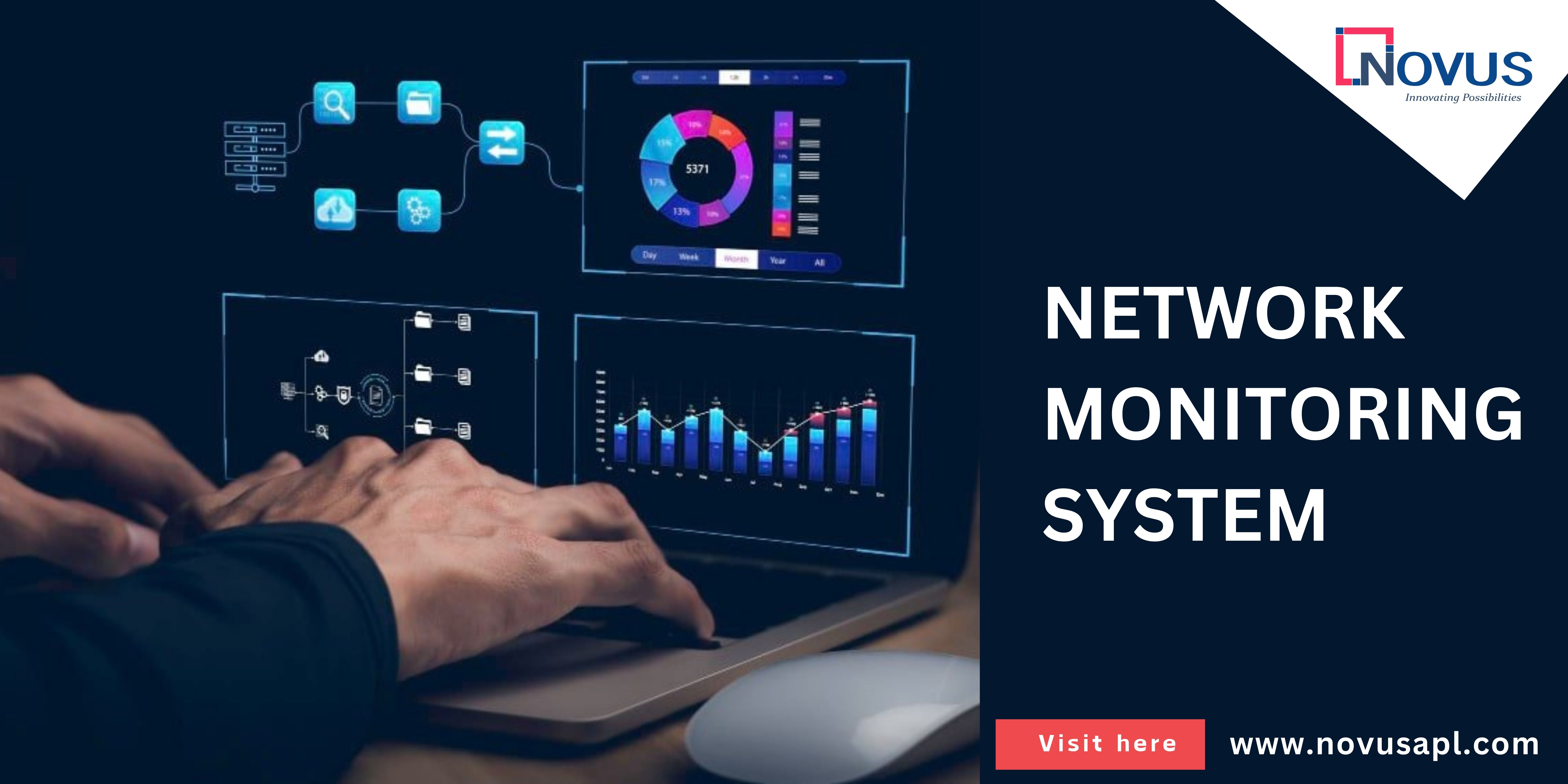The Ultimate Guide to CYBOSHIELD: From Setup to Optimization
A CYBOSHIELD (Network Monitoring System) is essential for ensuring the optimal performance, security, and reliability of your network. This blog will guide you through understanding, setting up, and optimizing a Network Monitoring System, providing the foundation needed to maintain a robust network environment.
What is a CYBOSHIELD?
A CYBOSHIELD (Network Monitoring System) consists of a combination of tools and processes designed to observe, analyze, and manage network traffic and devices. The primary goals are to detect and resolve network issues promptly, maintain high performance, and ensure network security.
Key Components of a CYBOSHIELD
Monitoring Tools
- SNMP (Simple Network Management Protocol):- Used for collecting and organizing information about managed devices on IP networks.
- Flow Monitoring:- Tools like NetFlow, s Flow, and IPFIX analyze traffic patterns and bandwidth usage.
- ICMP (Internet Control Message Protocol) :- Basic network health checks such as ping and traceroute.
Data Collection
- Agents:- Software installed on network devices to gather data.
- Pollers:- Regularly query devices for performance metrics and status information.
- Logs :- System and application logs for tracking events and auditing activities.
- Dashboards :- Provide real-time and historical data visualization.
- Alerts and Notifications :- Set thresholds for performance metrics and receive alerts for anomalies.
- Reporting :- Generate scheduled reports on network performance and issues.
Network Management
- Configuration Management:- Track and manage network device configurations.
- Fault Management:- Detect, isolate, and resolve network issues.
- Performance Management :- Monitor and ensure network performance meets predefined Service Level Agreements (SLAs).
Steps to Set Up a CYBOSHIELD
- Define Objectives and Scope:- Start by identifying what aspects of your network you need to monitor. This could include servers, routers, switches, and applications. Determine the key performance indicators (KPIs) relevant to your network's health and performance.
- Select Monitoring Tools:- Choose the right tools based on your network's size and complexity. Open-source tools like Nagios, Zabbix, Prometheus, and Grafana are excellent choices for many environments. For more extensive networks, consider commercial solutions like SolarWinds, PRTG Network Monitor.
- Network Discovery :- Use auto-discovery tools to map out your network. Many monitoring systems include features to automatically detect devices. Manually input any devices that are not discovered automatically to ensure complete coverage.
- Configure Monitoring Parameters :- Set up SNMP agents and configure community strings on your devices. Define thresholds for critical performance metrics, configure polling intervals, and set data retention policies to balance detail and storage requirements.
- Set Up Data Storage and Analysis :- Implement a time-series database like InfluxDB for storing metrics. Use a visualization tool such as Grafana to create informative dashboards. Log management solutions like the ELK stack (Elasticsearch, Logstash, Kibana) can centralize and analyze log data.
- Alerting and Incident Response :- Configure alert rules based on the thresholds you’ve defined. Set up notification channels, such as email, SMS, or Slack, to ensure timely responses to network issues. Develop an incident response plan detailing steps to address different types of alerts.
- Regular Maintenance and Optimization :- Regularly update and patch your monitoring tools. Periodically review and adjust monitoring parameters and thresholds based on changing network conditions. Conduct ongoing training for your network operations team to stay updated with best practices.
Best Practices for Effective Network Monitoring
- Baseline Performance:- Establish a performance baseline to distinguish between normal and abnormal network behavior.
- Redundancy:- Ensure redundancy in your monitoring setup to prevent a single point of failure from compromising your visibility.
- Security :- Secure monitoring data and interfaces to prevent unauthorized access.
- Scalability:- Choose tools that can scale with the growth of your network.
- Prometheus:- For metrics collection.
- Grafana :- For dashboards and visualization.
- Nagios :- For comprehensive monitoring and alerting.
Network Discovery
Use Prometheus service discovery to automatically detect network devices and services.
Conclusion
A well-implemented CYBOSHIELD (Network Monitoring System) is the backbone of maintaining network health, performance, and security. By following the steps outlined and adopting best practices, you can ensure your network remains robust, minimizing downtime and maximizing efficiency. Whether you choose open-source or commercial tools, the key lies in diligent planning, regular maintenance, and continuous optimization to adapt to evolving network demands.
